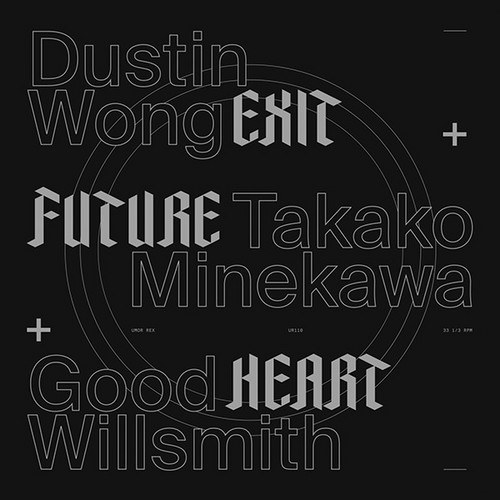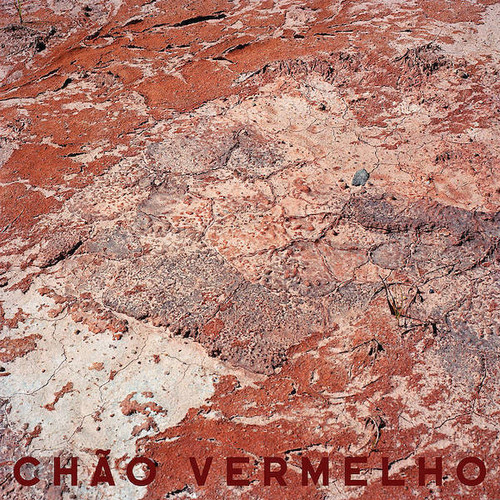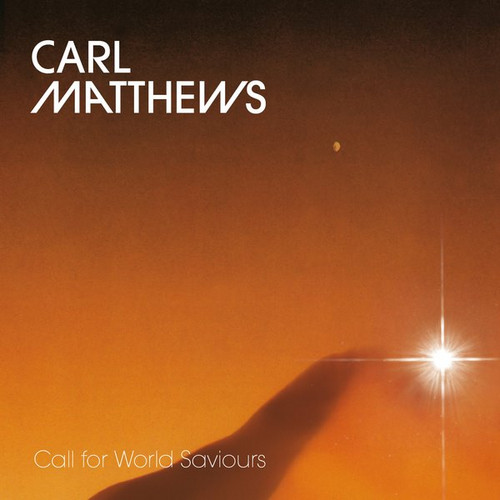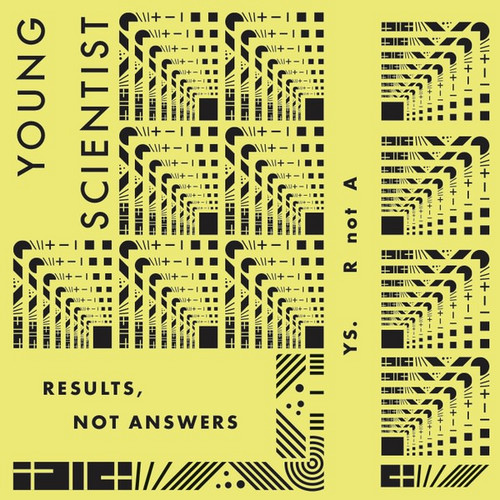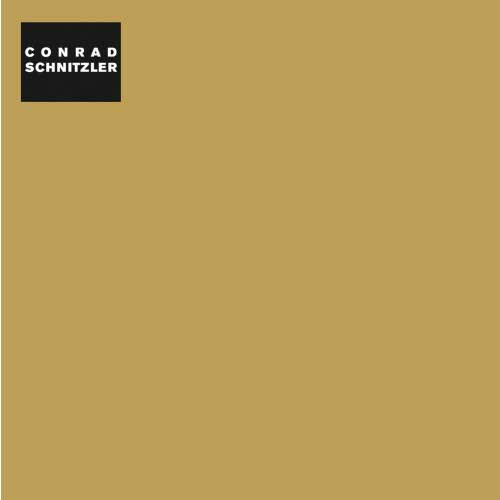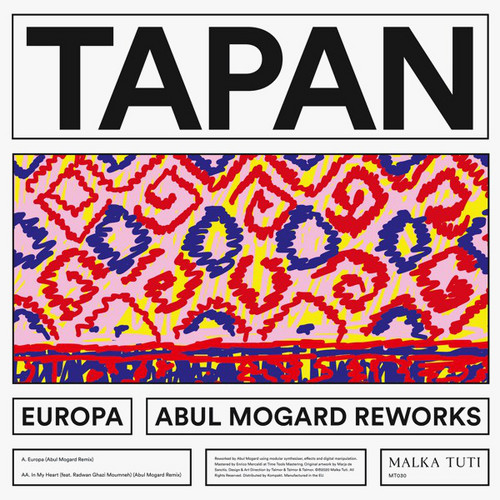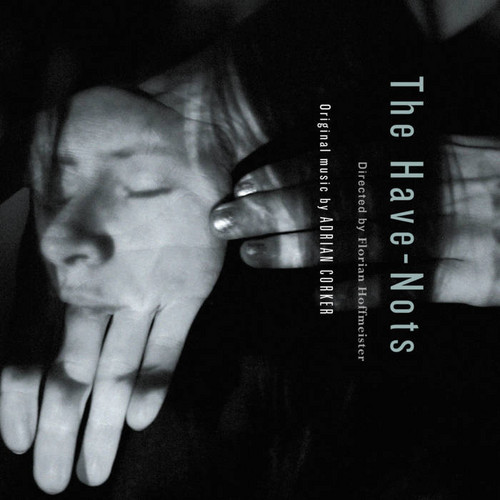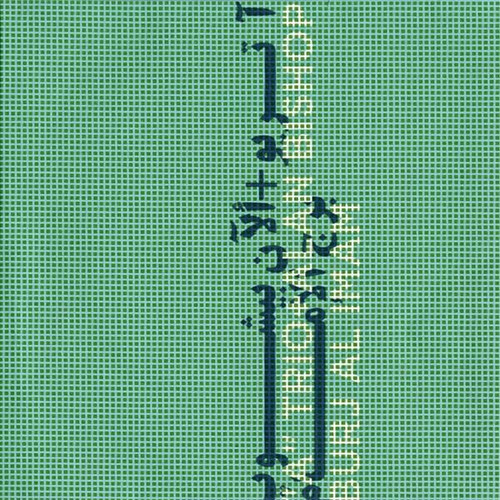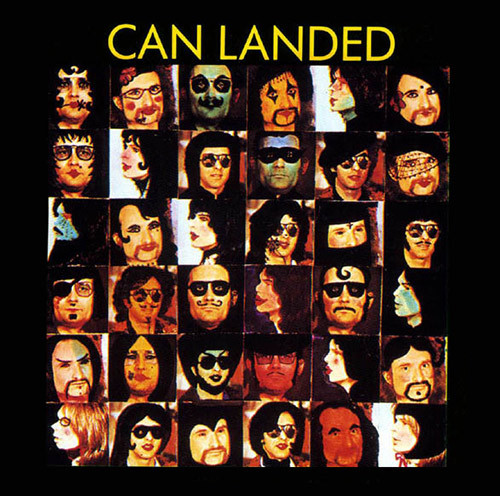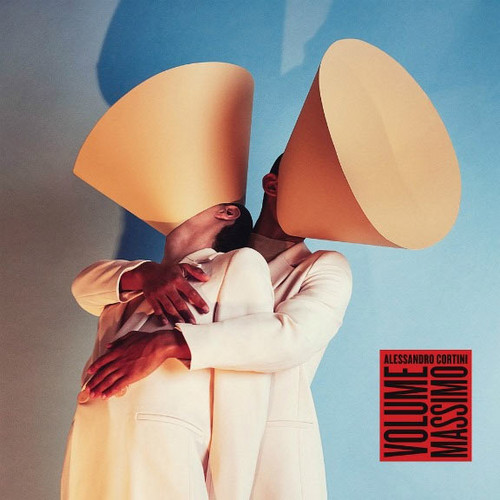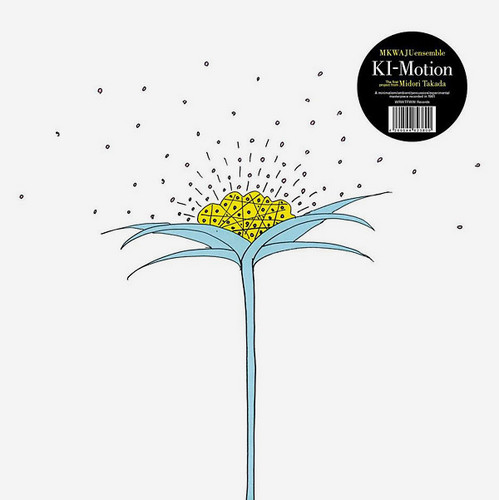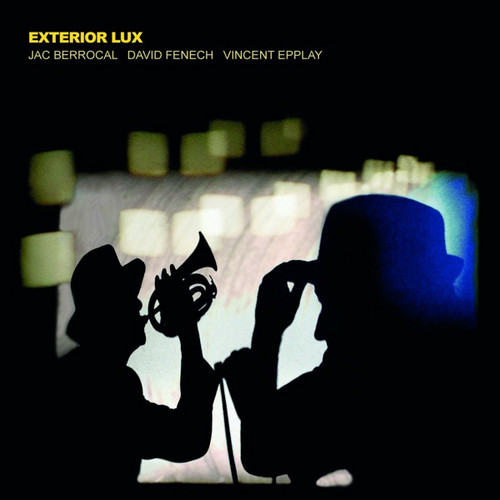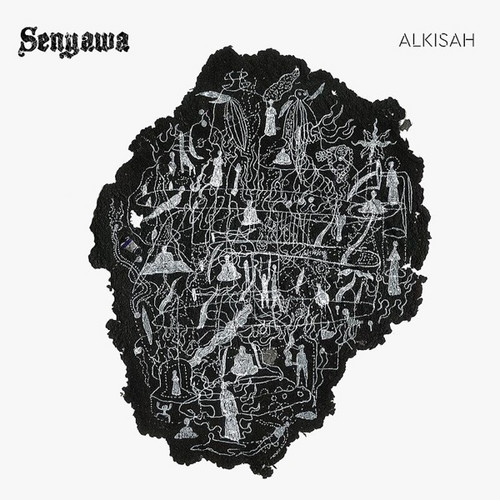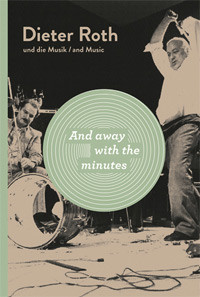Back in stock
Exit Future Heart
"Exit Future Heart" is an LP of improvised sessions by the conjoined ensemble of Tokyo—based abstract pop duo Dustin Wong and Takako Minekawa and Chicago’s free music trio Good Willsmith. "Exit Future Heart" follows three Good Willsmith albums released on Umor Rex and three albums by Dustin Wong and Takako Minekawa on Thrill Jockey. Recorded live at home in Chicago over the course of one night when Wong and Minekawa passed through on tour, Exit Future Heart showcases a program of spontaneous com…
Chao Vermelho
* Red Vinyl * Chão Vermelho (Red Floor) is a collection of ritualistic, lamenting pieces influenced by the increasingly dry ground of the surrounding area of central Portugal from where cellist and singer Joana Guerra resides. All compositions are by Joana Guerra who, in addition to cello and voice, her main instruments, ventures on Portuguese guitar, prepared electric guitar and keyboard. She is joined by Maria do Mar on the violin and Carlos Godinho on percussion and objects, as well as the co…
Skelektikon
**300 copies, 2019 stock** Six years after his last album on Miasmah, Schattenspieler, it's great to find Marcus Fjellström resurrected after several long years spent composing his audio-visual opera Boris Christ. Born out of shattered dreams and an obscured vision of the future, Skelektikon is a delirious yet lucid exploration of the farthest and most conflicted reaches of the heart, teeming with confusion, passion, and ghostly shadows. Being no conventional composer in any way, Marcus stumbles…
Balance
The album 'Balance' by Frank Bretschneider & Taylor Deupree was originally released in 2002 by Mille Plateaux on CD only. The 9 tracks on 'Balance' are a perfect example for the aesthetics to arise within the Click & Cuts scene and (ambient-)glitch music movement of the late 90s and early 2000s. The two masters of microscopic sounds and sine wave/white noise-based music constructed these seamlessly mixed pieces around rhythms and melodies, which grants the album plenty of dynamics. The wide var…
Anbessa
Erik K Skodvin's first solo film score evokes otherwordly dreamscapes that capture the atmosphere of the film Anbessa (2019), shot in Ethiopia by director Mo Scarpelli.
As a "creative" documentary the film follows Asalif, a 10 year old imaginative boy caught between the ancient and the new, navigating modernization on his own terms. Asalif tries to make sense of things while living in a shed on the outskirts of Addis Ababa with his mom. A place where capitalism and “progress” is closing in on al…
Call For World Saviours
LP version. Bureau B presents a reissue of Carl Matthews' Call For World Saviours, originally issued in 1984. Mesmerizing DIY electronic music from Cumbria, UK, influenced by the Berlin School but even more by Tim Blake, Call For World Saviours was originally released 1984 on cassette only; this is this music's first time on CD and vinyl. "Carl Matthews is by no means immune to the maelstrom of geocaching notebooks. Krautrock (tick), guerrilla DIY cassette-era artist (tick), under-rated UK elect…
Results, Not Answers
Bureau B present a reissue of Young Scientist's debut album Results, Not Answers,
originally released in 1979. When you think of the music to have
emerged from Seattle, grunge and Sub Pop are probably the first things
that come to mind. But Seattle was already home to a vibrant alternative
music scene back in the 1970s. One of the most prominent synthesizer
acts of the period was the trio Young Scientist. Influenced by the likes
of Cluster, Harmonia, and Tangerine Dream, they released thei…
Gold
Bureau B presents a song collection from Conrad Schnitzler's archive, recorded between 1976 and 1978, originally released by the small German label Marginal Talent in 2003. In the comprehensive canon of Schnitzler releases, the music on the Gold album stands out a mile in every respect. Judged on the sound alone, there is little to suggest that the material was recorded as long ago as the 1976 to 1978 period. There is more at play here than two tape recorders, analog synthesizers and sequencers.…
Europa - Abul Mogard Reworks
** Last copies ** Watching Abul Mogard’s Live performance in Atonal Festival 2017 and his releases on Not Waving’s Ecstatic record label were somewhat of a milestone in Malka Tuti’s sonic aesthetics. His ability to touch us with those pulsating sonic textures coming out of his modular machine inspired us in MTHQ for years to come. We were more then happy that Mogard chose to contact Tapan about their album and eventually deciding to remix not one but two track from the Belgrade duo… It was like …
The Have-Nots OST
A series of pieces from the score to Florian Hoffmeister's The Have-Nots featuring lock grooves, violin, cello, viola da gamba and double bass. Performed by Emma Smith, Lucy Railton, Liam Byrne and Petter Eldh.
Also featuring performances by Aisha Orazbayeva and Mark Knoop and a remix by Jack Wyllie. Mixed by Peiman Khosravi and David Prior.
Akasha_For Record
**Full-color picture disc, released in an edition of 216 copies. 2021 Stock** A welcome return from Dale Lloyd with this, his first new release in three years. Akasha_for Record is a two-part composition, filled with highly dynamic intricacies very carefully arranged. Rich micro-detail meets subtle emotional resonance in a spellbinding work created specifically for the vinyl format. Akasha_for Record is an opulent listening experience, indeed, and one that will reward close, repeated scrutiny. T…
Burj Al Imam - Extended Version
**2019 stock** 140-gram LP in gatefold sleeve with a special drawing by Mazen Kerbaj + bonus 7". Mastered for vinyl by Harris Newman. Edition of 500. Entirely recorded at Tunefork Studios on the outskirts of Beirut, Burj al Imam's five tracks include three largely improvised numbers, a loose reworking of Sun City Girls track "The Imam", and a cover of traditional Americana song "Gently Johnny" (a highlight of Alan Bishop's live Alvarius B. shows). True to their habits, the Lebanese trio of trump…
Landed
If you got a quid for each time Can were referenced as influencing a given band or artist, we'd have taken the Bank Of England down years ago. Remastered to a clarity that will come as a shock to those who've been suffering the original cd releases, 1975's 'Landed' is notable for marking the return to Can's debut line-up (barring Malcolm Mooney of course), following the love-sick Damo Suzuki's departure. Their 7th full-length release, 'Landed' also saw the band getting their mitts on a 16 track …
Volume Massimo
**Transparent turquoise vinyl** On his stellar debut LP for Mute, Nine Inch Nails keyboardist and formidable solo artist, Alessandro Cortini taps into a poignantly melodic yet ascetic vein of his prized, gauzy style. Volume Massimo, combines his fondness for melody with the rigour of experimental practice that follows on from 2017's universally acclaimed album Avanti. Eight tracks of deftly arranged synthesizers saturated with sonic artefacts and luscious pop sensibilities.Surely well known to y…
Al Dar Al Hamra
Very fine tuned, almost Mediterranean, Middle Eastern mainly string orchestra. A supergroup with members of Dwarfs Of East Agouza, Konstrukt, "A" Trio, Johnny Kafta Anti-Vegetarian Orchestra, etc. Umut Çağlar, Sam Shalabi, Sharif Sehnaoui, Mazen Kerbaj, Toni Elieh, Maurice Louca, and Michael Zerang unleash a blend of fiery and free psychedelic forms and un-jazz, with various shades and traces of shaabi, tarab, sufi, and post everything -- timeless, rock-free, kraut-jazz. Recorded during a wet,…
KI-Motion
At the dawn of the 1980’s, a few years before her now legendary LP, Through The Looking Glass, took form, a young percussionist playing with the Berlin Philharmonic, Midori Takada, found her creative ambitions looking further afield. Her ideas brought her home to Japan, then peculating with new notions of what avant-garde and experimental music could be, to form The Mkwaju Ensemble with fellow percussionist Junko Arase and Yoji Sadanari. The project quickly recorded two astounding LPs in 1981 – …
Exterior Lux
Jac Berrocal is a 1946-born musician (trumpet player), poet and sometime film actor who came of age in the ‘70s Paris improv scene, where the boundaries between music, art and theatre were porous and begging to be breached. Inspired by bebop, chanson, free jazz, beat poetry, early rock ‘n roll and myriad Eastern influences, and with an iconoclastic, anything-goes approach to instrumentation and technique that would later align him with post-punk sensibilities, Berrocal blazed an eccentric and un…
Alkisah
Alkisah is the new album by Indonesian duo Senyawa. Alkisah is co-released by a multitude of independent record labels from all over the globe each with different packaging and design, with multiple version of remixes by various artists. Senyawa is an experimental music duo made up of Rully Shabara (extended vocal technique) and Wukir Suryadi (homemade instrument). The music that they create is a combination of extended vocal technique and a homemade instrument. The instrument was handcrafted by…
And away with the minutes
This volume discusses the music-related works and collaborative projects of Dieter Roth in Concrete poetry, the Vienna Group, Fluxus and artists' music. It includes a DVD with an excerpt from the video recording of the Abschöpfsymphonie of 1979.German-born Swiss artist Dieter Roth (1930-1998) worked in such widely varied media as drawing, painting, assemblage, installation, printmaking, artist's books, literature, action and film. Since 2008 one his most important works, the monumental Garden Sc…
La Ola Interior - Spanish Ambient & Acid Exoticism 1983-1990
Following “La Contra Ola” (BJR015), Bongo Joe is pleased to present La Ola Interior, a compilation exploring the ambient side of the Spanish electronic music produced in the 80’s. It gathers musicians from various horizons and of many generations, who shared the desire to create an immersive soundscape and to combine electronic music with non-Western musical traditions. As a general rule, the Anglo-Saxon tropism did relate the spanish peninsula’s ambient music to the Balearic Sound, that is to s…
